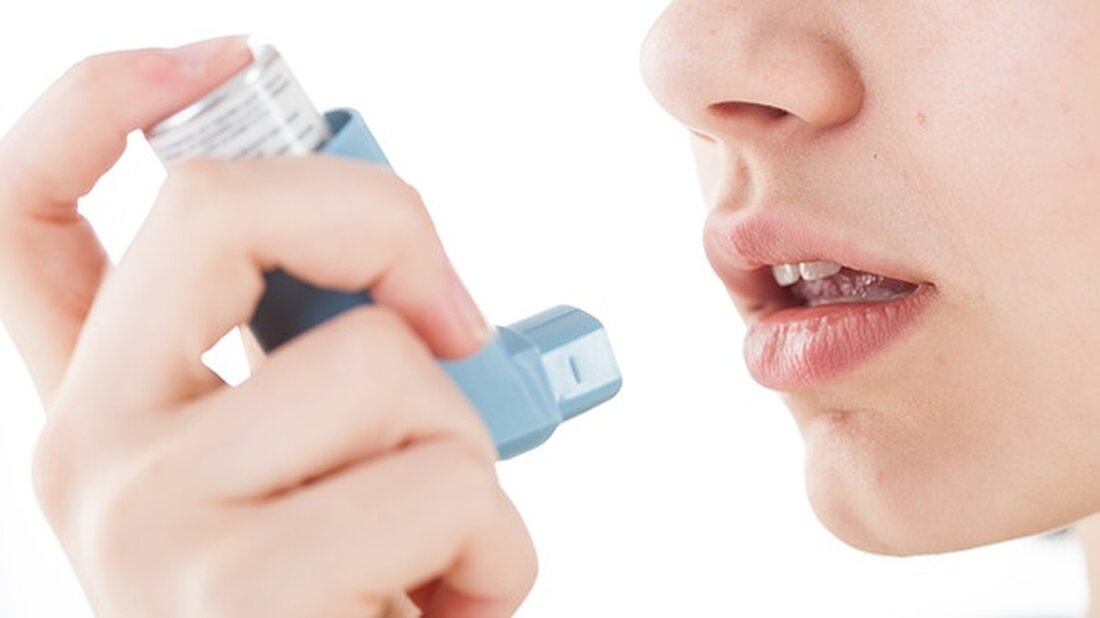Everything about nosocomial asthma
Asthma is a disease of the respiratory system that is manifested by hyperactivity of the respiratory system, leading to inflammation and obstruction of the airways due to cellular hyperreactivity. Both chronic and acute asthma occur due to difficulty breathing, including shortened breaths and increased pulse rate. Asthma pathology The pathophysiological mechanisms of asthma include bronchoconstriction and airway obstruction. This is due to the effect of edema that occurs in the airways as a result of a series of cellular inflammatory reactions. The cells involved are lymphocytes, mast cells, eosinophils, neutrophils, macrophages, resident cells and epithelial cells along with other inflammatory mediators that are recruited by the body in response to foreign antigen are...

Everything about nosocomial asthma
Asthma is a disease of the respiratory system that is manifested by hyperactivity of the respiratory system, leading to inflammation and obstruction of the airways due to cellular hyperreactivity. Both chronic and acute asthma occur due to difficulty breathing, including shortened breaths and increased pulse rate.
Asthma pathology
The pathophysiological mechanisms of asthma include bronchoconstriction and airway obstruction. This is due to the effect of edema that occurs in the airways as a result of a series of cellular inflammatory reactions. The cells involved are lymphocytes, mast cells, eosinophils, neutrophils, macrophages, resident cells and epithelial cells along with other inflammatory mediators that are recruited by the body in response to foreign antigen, but unfortunately become an excessively cellular response.
In the asthmatic state, a phenomenon is observed in the arterial blood gas pattern in which fluctuations in arterial blood carbon dioxide concentration: PaCO2 and the changes in blood Ph levels are used as an indication of the severity of the asthmatic state. This is the increase in PaCO2 and the decrease in pH during an asthma attack. At a certain level, when the lungs are no longer able to exhale carbon dioxide from the lungs due to airway obstruction, the PaCO2 level in the blood increases and consequently the pH of the blood falls below the standard value of 7.4 as the asthmatic condition worsens.
Factors that contribute to both acute and chronic asthma include environmental factors such as environmental exposure to allergens and smoke, and areas susceptible to respiratory infections. All genes are known to trigger the body's immunity, thereby causing the cellular immune mechanism to operate.
First aid tips for an asthmatic.
The first sign of an asthma attack is often shortness of breath, characterized primarily by difficulty breathing. The patient may later become immobilized and convulse, if the situation is not treated the patient will die. Once it has been determined that a person is having an asthma attack, follow the tips below.
-
Put them on and have them bend forward slightly to create more lung space for smooth breathing.
-
Eliminate the allergen or move the person away from the triggering cause. This can be away from dusty, smoky or cold places.
-
Help the patient take their anti-asthmatic medications, e.g. B. the inhaler or antihistamines.
-
Call a doctor if the patient does not show improvement.
Conclusion.
Asthma is a common condition that is easy to manage. More information about this can go a long way to saving lives. Early diagnosis of the disease enables treatment and thus reduction of its severity.
Inspired by Mike P. Egan

 Suche
Suche
 Mein Konto
Mein Konto
